Dogs train year-round to save lives in the Italian waters
Ferruccio Pilenga cannot imagine his life without his dog, Reef, an agile Newfoundland that he trained as a water rescue dog.
“The dog follows me everywhere,” he said. “She comes with [me] on vacation, to the restaurant, and stays in the hotel with me.”
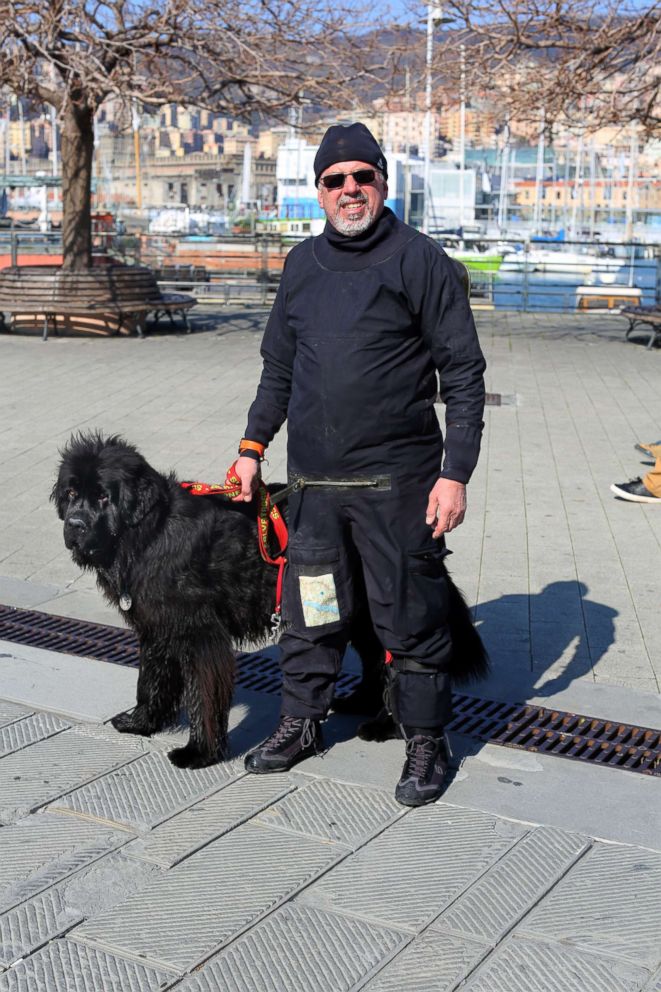
Reef acts as a teacher with the training program that Pilenga runs through his Italian School for Rescue Dogs in Northern Italy that he started nearly 30 years ago.
“She’s a dog that has lots of will to work,” Simonetta Andreoli, Pilenga’s partner and Reef’s co-owner, said. “This is very good when we have to work in the water because she expresses all her potential in the water.”
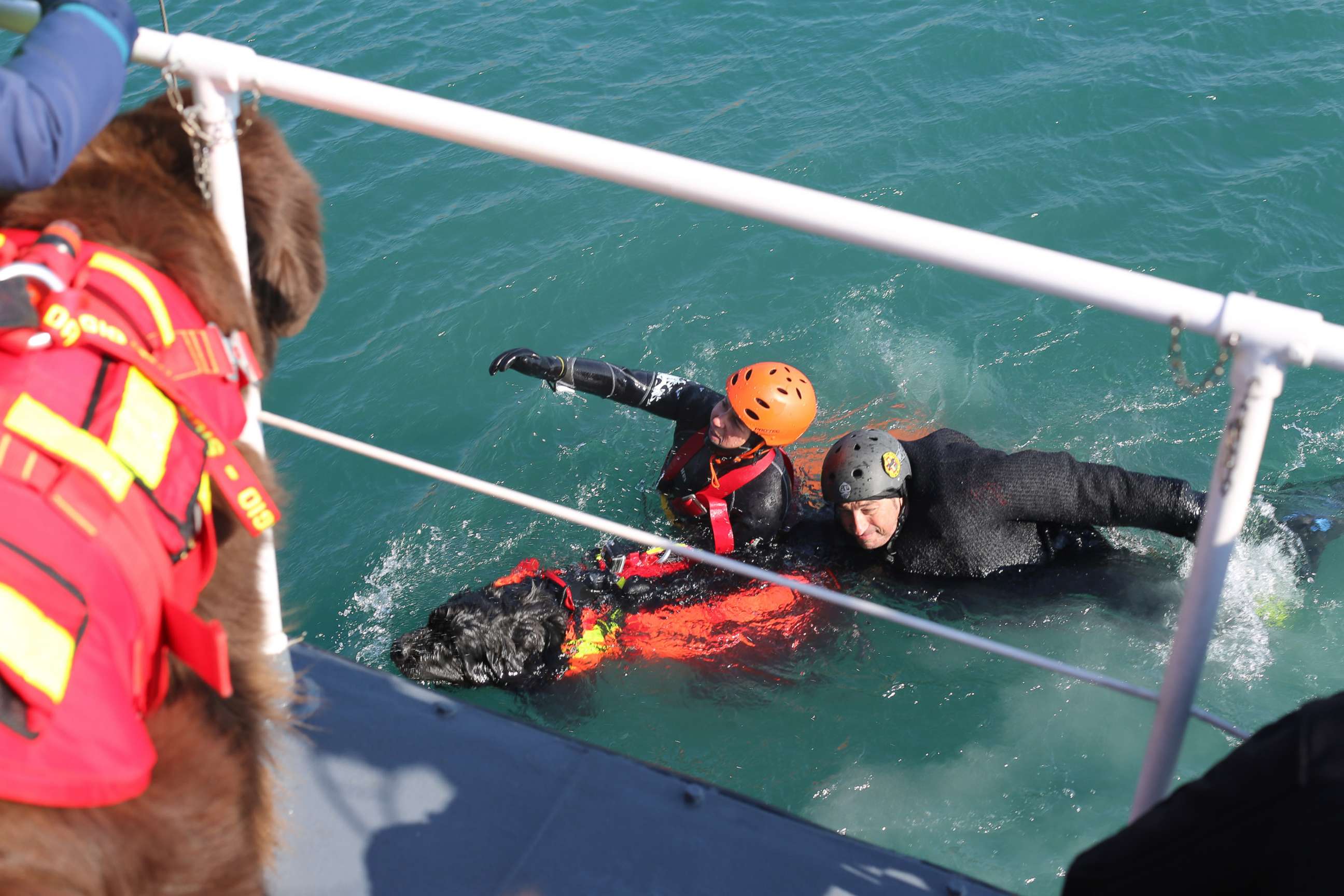
Of all the breeds that could train to be a water rescue dog, Pilenga and Andreoli agree that there’s something special about Newfoundlands.
“The Newfoundland breed started as a water rescue dog,” Andreoli, who has been working with dogs for 17 years and noted that the dog was put on sailboats in ancient times, said. “This breed is meant to swim [because] its fur is waterproof and the shape of its whole body is really designed for swimming.”

Though the program is led by trainers, Reef demonstrates rescues for the younger dogs in the program.
“[The philosophy is to] have a dog with the rescue instinct and so when its owner goes into the water, it takes off and goes to save and bring back to shore,” Pilenga said. “This is guided by us obviously with training techniques.”
Owners bring their dogs to participate in the training with the hope of becoming licensed to rescue, but the training is “long, long work,” Pilenga said.
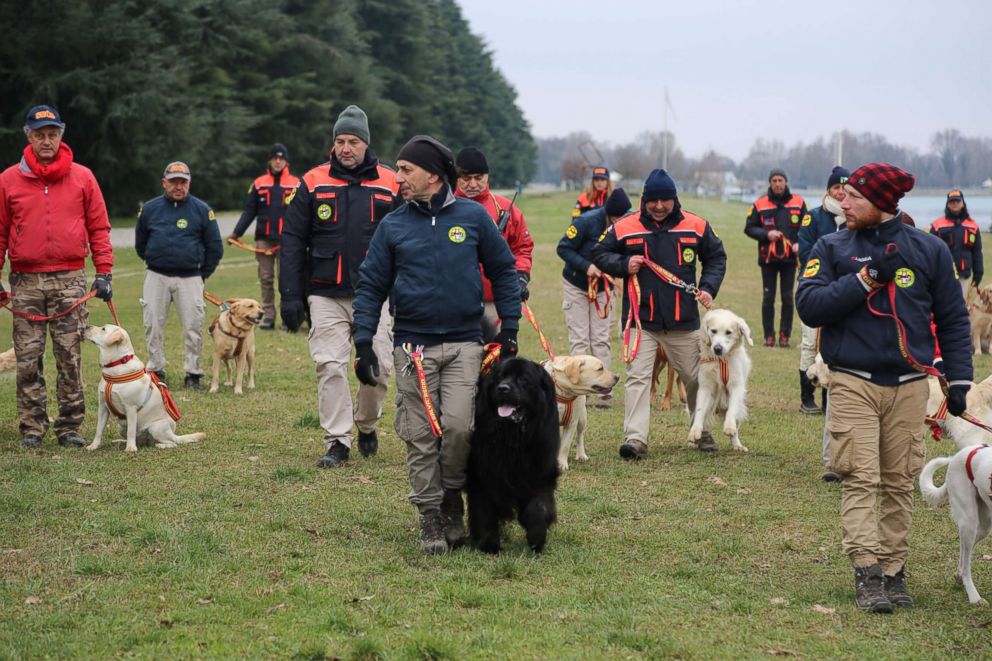
Training takes at least a year, and there's currently as many as 400 licensed dogs in Italy. Pilenga and Andreoli have trained other dogs in Germany and Switzerland as well.
“The dogs assist our operations during the summer months,” Fabio Moro, a first marshal harbor coachman who works for the Italian Coast Guard, said. “Rescue dogs help us keep these areas under control.”
Once licensed, owners and their dogs volunteer their time to stand watch on beaches.
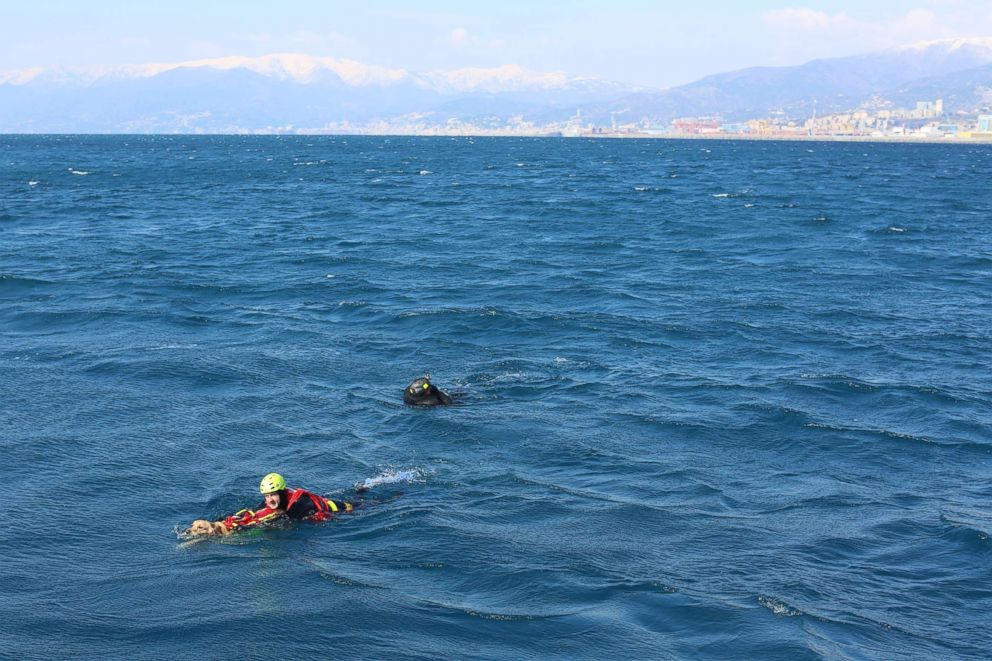
“The fundamental thing is to use the strength of these dogs,” Pilenga said of the training. “It takes six dogs to pull a sleigh, but one dog can pull six people in the water.”
The trainers start with obedience training and recall. They also practice hooking the dogs up to a harness and pulling them up in the air in a technique called flying before practicing retrievals, which can go as far as letting the dog jump from a helicopter.
“When we go to carry out a rescue, we are a team,” Pilenga said about training. “So if I'm tired, I can rely on the dog... if the dog is tired, it can rely on me.”

They use what is called the dolphin system, which is when the handler holds on to the dog’s harness in the water.
Both swim out to the person in need, “but the big advantage is that in this way I save a lot of energy, I am not tired when I reach the person,” Pilenga said.
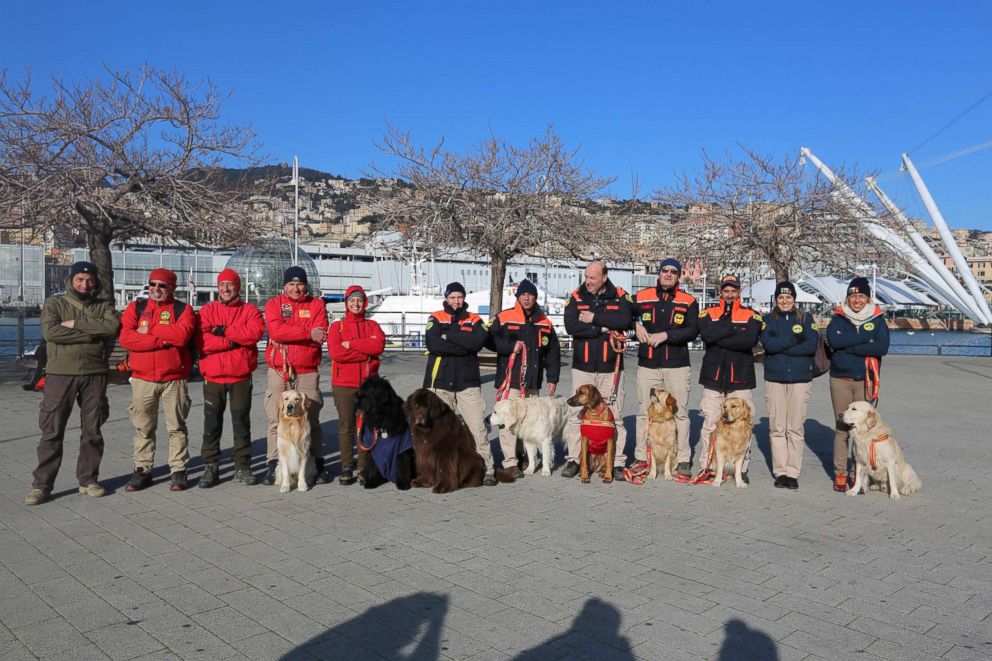
Pilenga has dedicated his life to training dogs like Reef.
“The beauty of these dogs is what you do together with them," Pilenga said. "Every training exercise, every adventure, every trip, every rescue stays in my heart always."



